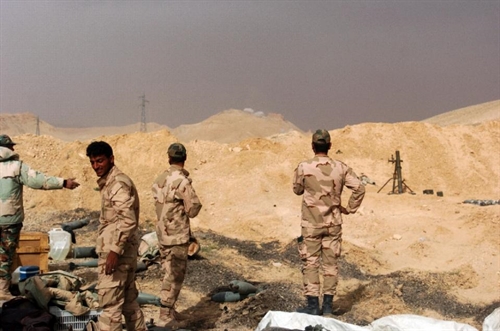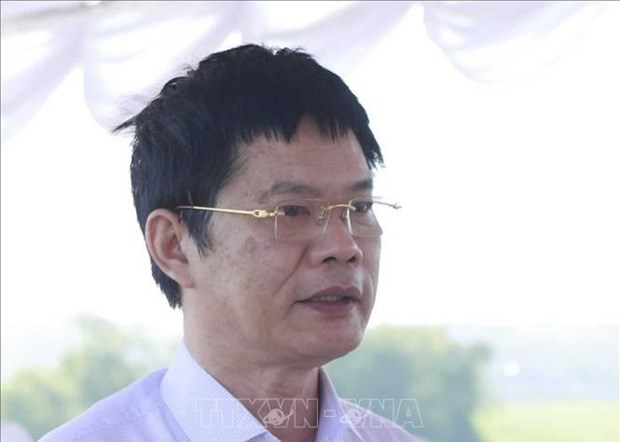

Syrian forces pressed their offensive against the Islamic State group on Monday, the day after seizing control of the ancient city of Palmyra in a major blow for the jihadists.
 |
| Smoke rises near Palmyra castle during shelling by Syrian troops on the outskirts of the ancient city of Palmyra on Sunday. — AFP Photo |
DAMASCUS — Syrian forces pressed their offensive against the Islamic State group on Monday, the day after seizing control of the ancient city of Palmyra in a major blow for the jihadists.
Regime troops pushed on towards Deir Ezzor province, an IS bastion, the day after wresting control of the desert ruins with the help of Russian air strikes.
Analysts said the government’s seizure of Palmyra was the biggest blow so far in the war against IS and a major coup both for Damascus and Moscow.
Syrian President Bashar al-Assad hailed the victory as "fresh proof of the efficiency of the Syrian army and its allies in fighting terrorism."
IS destroyed more than a dozen tombs and temples during its 10-month occupation of the UNESCO World Heritage site, known as the "Pearl of the Desert." Syria’s antiquities chief said the monuments could be restored in five years, although a UN expert cast doubt on the time-frame.
Inside the city, army sappers worked to defuse bombs and mines planted by IS before they retreated on Monday. One soldier said more than 50 had been disarmed.
Outside, Syria’s military turned their attention to other IS-held towns as they pushed towards Raqa, the jihadists’ de facto capital.
"The army was concentrated around Al-Qaryatain, and today the military operations began there," said a military source in Palmyra.
"That is the next goal for the Syrian army. They also have their eyes on Sukhnah," he added, referring to a town northeast of Palmyra.
The United States cautiously welcomed the victory for Assad, but said warned against allowing him to expand his "ability to tyrannize the Syrian people."
5 years to rebuild
Concern has been mounting for the ancient city since IS overran it in May 2015 and began a campaign to destroy tombs and shrines it considers idolatrous.
In September, they demolished the 2,000-year-old Temple of Bel and a month later blew up the Arch of Triumph, from around 200 AD.
The jihadists also used Palmyra’s ancient theatre as a venue for public executions and murdered the city’s 82-year-old former antiquities chief, Khaled al-Assaad.
Syria’s head of antiquities, Maamoun Abdulkarim, said that 80 per cent of the site was still "in good shape" and the ancient ruins could be restored in five years with UNESCO’s help.
But UN expert Annie Sartre-Fauriat said she was "very doubtful" that would be possible.
"Everyone is excited because Palmyra has been ’liberated’, but we should not forget everything that has been destroyed," said Sartre-Fauriat, who belongs to a group of experts on Syrian heritage set up by UNESCO in 2013.
Analysts said losing Palmyra was a major setback for IS, which has come under growing pressure from Syrian and Iraqi forces set on breaking apart its self-proclaimed "caliphate."
"The past week exemplifies the future of the Islamic State: relentless internal setbacks amid persistent external attacks," said the US-based Soufan Group.
Syria expert Thomas Pierret said the loss of Palmyra showed IS was "clearly weaker than in the past," but warned the jihadists will likely fight harder to keep control of Raqa and Deir Ezzor. — AFP




